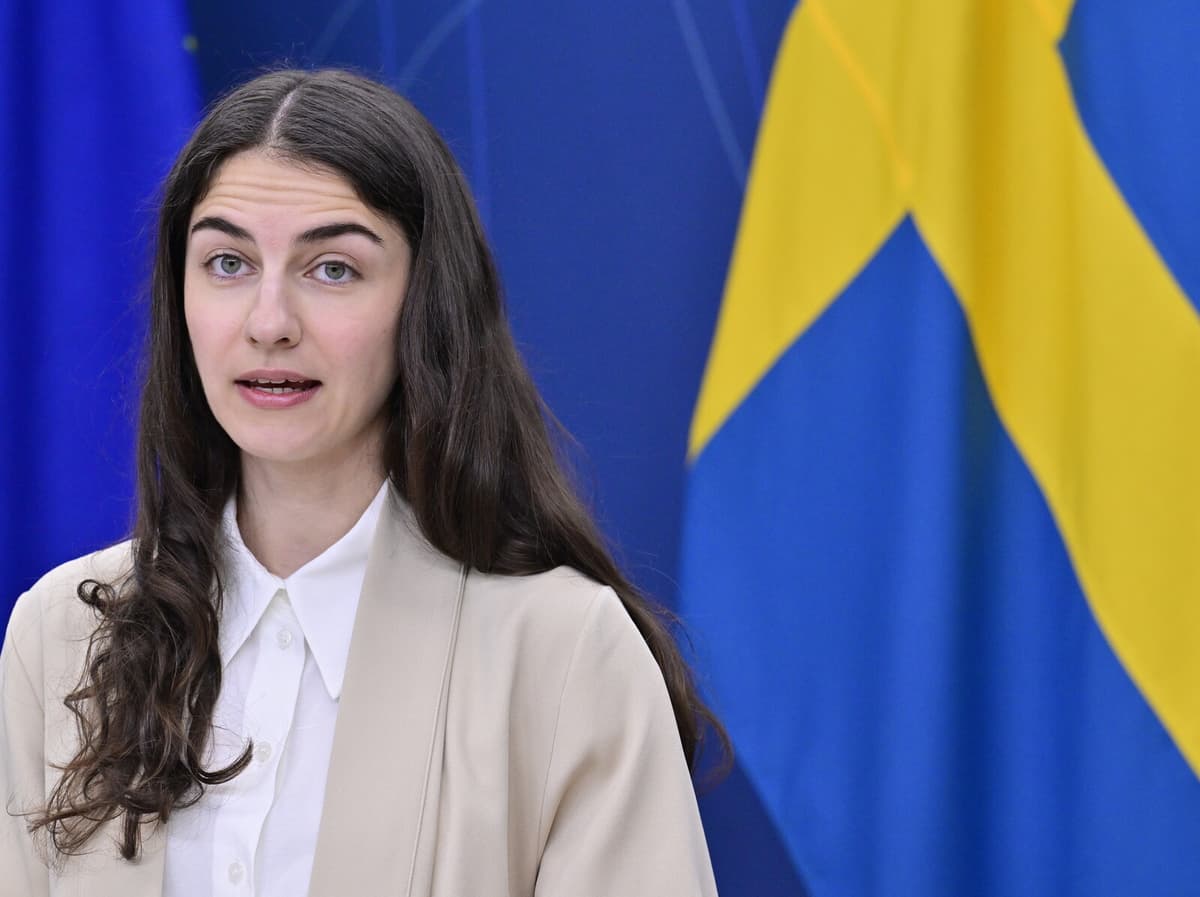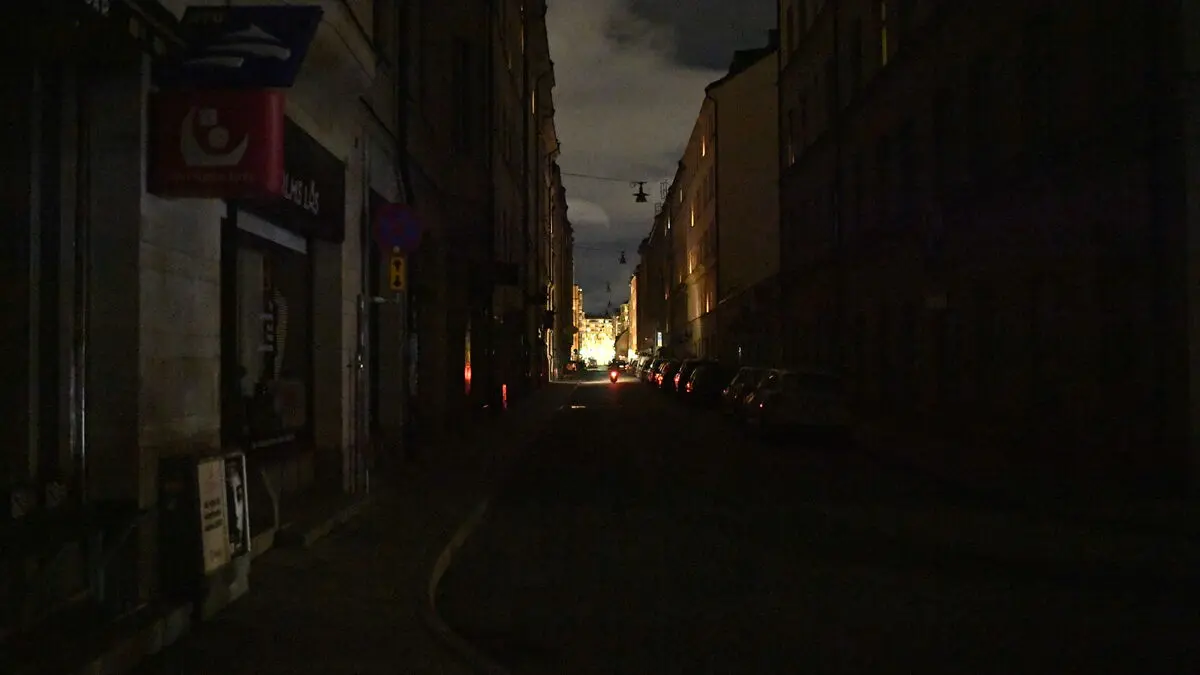We know that the Swedish agriculture wants to be a part of the solution. And our Swedish farmers have both the will and the inestimable knowledge, says Climate and Environment Minister Romina Pourmokhtari (L) at a press conference. Emissions of nitrogen and ammonia (which consists of nitrogen and hydrogen) can lead to poorer air quality, acidification and eutrophication. Nitrogen in the soil can also be converted into laughing gas, which is a potent greenhouse gas that stays in the atmosphere for a long time.
A trend must be broken
The money should be able to be used to invest in plowing aggregates, put a roof over fertilizer facilities or to be able to store more manure.
Total funding is 100 million kronor per year, and the money can cover between 30 and 80 percent of total costs.
Agriculture accounts for around 14 percent of Sweden's emissions of greenhouse gases, a share that has increased as emissions within the sector have decreased more slowly than the rest of the country.
This is a trend that we need to change, says Pourmokhtari.
“Positive initiative”
From the farmers' side, they are satisfied.
This is a positive initiative from the government's side. It's good that they work with incentives instead of regulations and legislation, says LRF Chairman Palle Borgström.
He believes that the nitrogen life will make a difference.
I don't think it will go so much to things that would have happened anyway. It's expensive investments, and then the state needs to be involved and share the risk.





